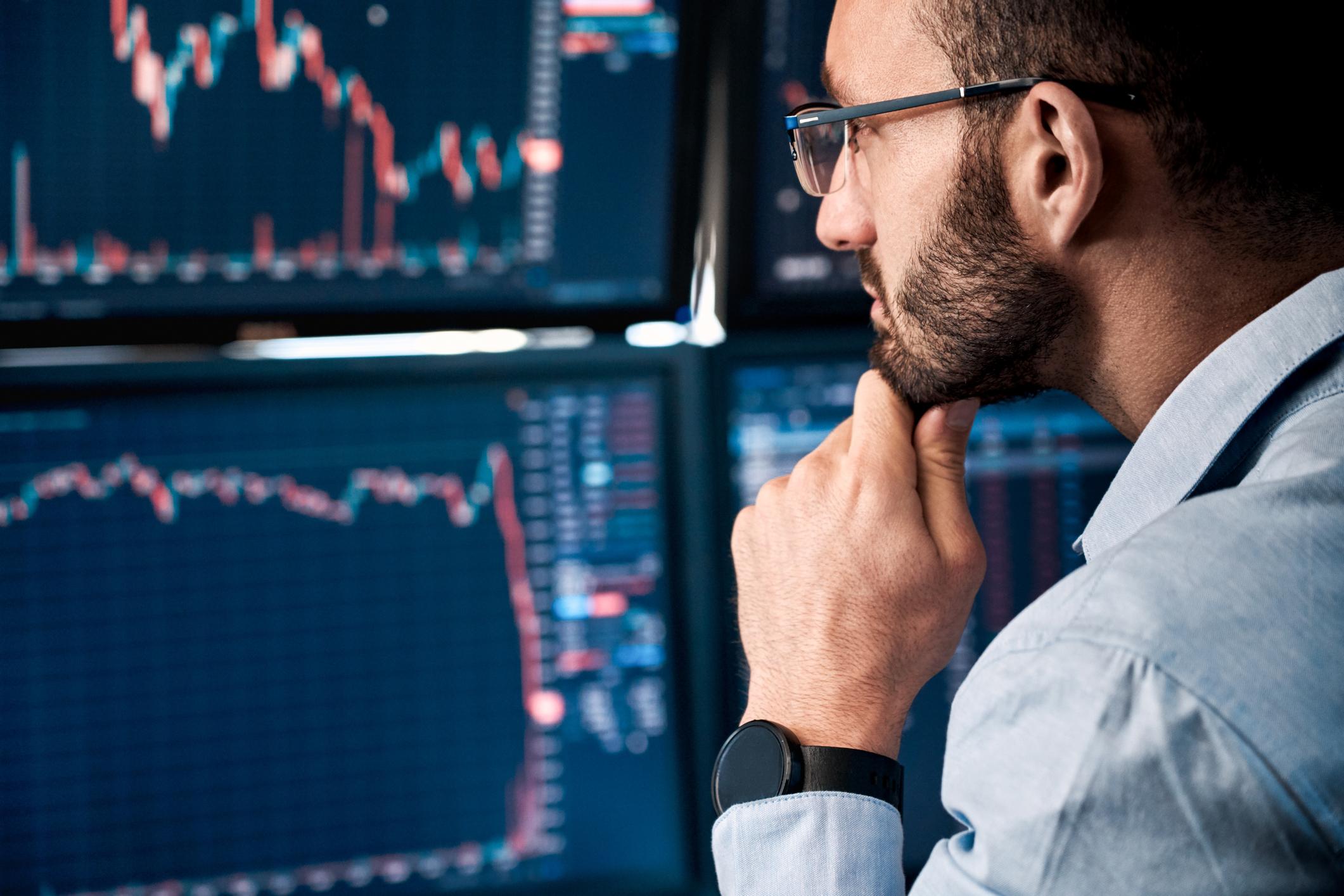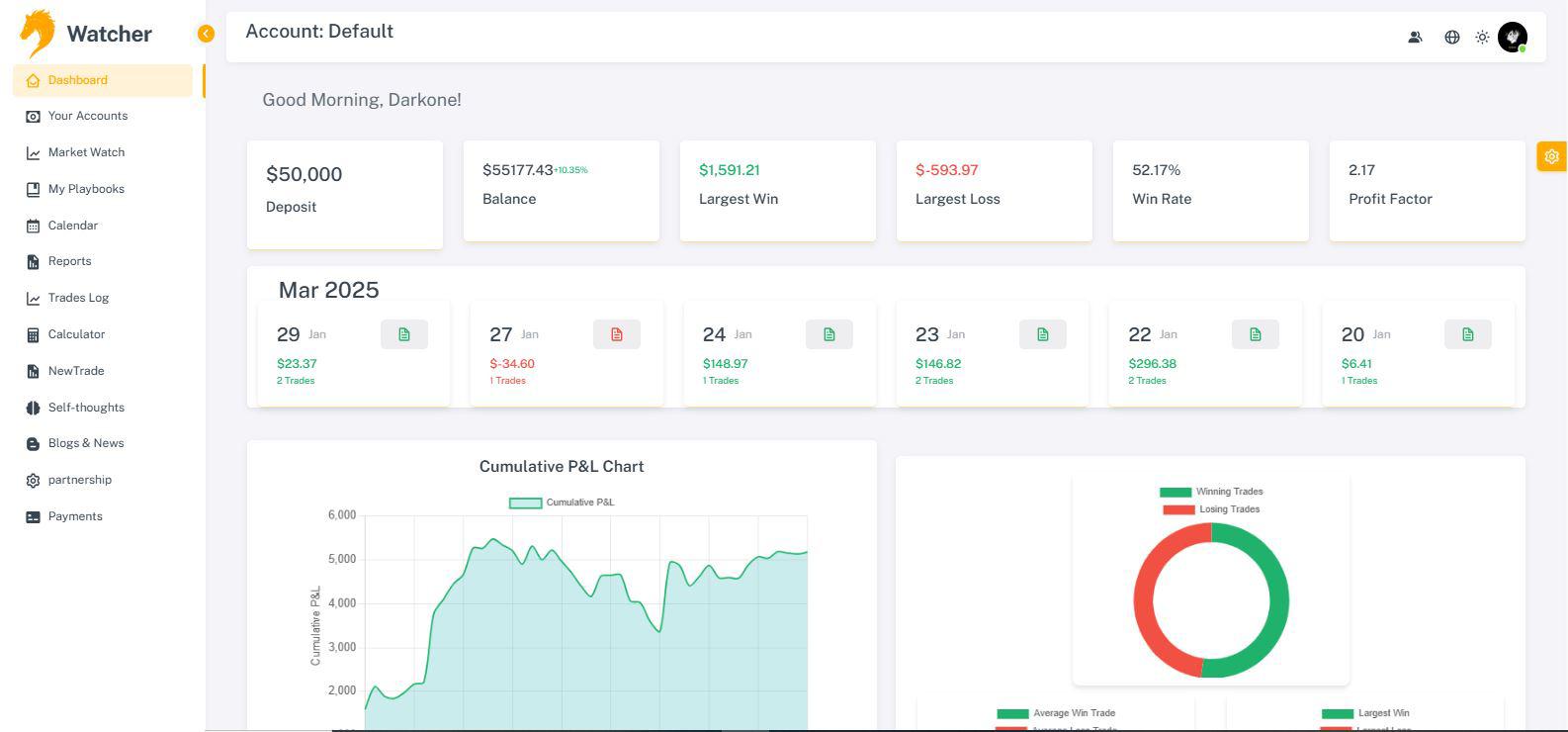Everyone is a Chart Expert

The job of a trader is fundamentally about identifying low-risk setups. Once you’ve found one, the task is to act on it, execute it, and then manage it until completion. That’s the essence of the job.
Charts are my primary tool for identifying these setups. They can be as simple or complex as you want them to be, but there’s a trend among traders to overcomplicate charting. I’ve seen new traders clutter their charts with so many indicators that they can’t even focus on the price movement itself.
Decades ago, W.D. Gann became famous for selling courses based on esoteric methods, such as his Square of 9 and Square of 144, drawing connections to biblical references. He convinced people that he had unlocked a universal code for market movements, which some believed would lead to untold riches.
Gann was undeniably an expert in charts, but I believe the real code to crack is understanding one’s own emotions.
Though I’m often called a chart expert, I don’t consider that a fitting description of myself. A chart is simply a reflection of the current market sentiment. I don’t have a crystal ball, and I can’t know what other market participants are thinking at any given moment.
This is why my approach is centered around understanding past actions. We buy double bottoms and sell double tops because we expect others to recognize the same patterns and act accordingly.
Many people are surprised when they see my charts—they don’t have any indicators on them. I might be old-fashioned, but I find that I don’t need extra tools to make decisions.
I believe that the majority of traders who lose money are likely quite skilled at reading charts. They understand patterns and chart formations. However, I think successful trading involves much more than knowing a head and shoulders pattern or a Fibonacci ratio. In fact, I’ve seen seasoned traders handle large positions using nothing but a simple 10-minute chart.
What separates the successful 1% from the rest is how they think when they are in a trade. That’s not to say that chart reading isn’t important; it is a crucial part of decision-making.
In my courses, I teach people what I consider to be the most important aspects of chart reading. However, I’m always quick to remind my students that profitability in trading goes beyond just identifying chart patterns. This is why I run a live trading group where I show others the key moments where I’d enter a trade.
Technical analysis itself isn’t difficult to learn. You can pick up a good book on chart patterns in a weekend and understand most of what I trade. This makes technical analysis an appealing alternative to more time-intensive studies like a finance degree.
The "gurus" know this, which is why they sell weekend courses promising quick results. But the truth is, you can build a solid foundation in technical analysis on your own without spending thousands of dollars on glamorous courses. Just pick up some quality books and take your time to explore the fascinating world of the markets.
But here’s the catch: Reading about trading or completing a professional course doesn’t automatically make you a successful trader, just like reading about golf doesn’t make you a pro golfer.
What’s fascinating about technical analysis is how accessible it is to most people. If people struggled to learn it, we wouldn’t see surveys like the one from FXCM, where 25,000 traders executed 43 million trades over 15 months with a win rate of 62%. This hit rate suggests that many retail traders are doing a good job reading trends and charts.
I don’t believe traders need to learn more technical analysis to succeed. Instead, they need to learn how to master their mental game.
Every day offers opportunities to make mistakes, whether through unexpected market moves or unforeseen events. The key to navigating those challenges is mental readiness. Trading requires emotional discipline, and you can’t underestimate the psychological aspect of it.
There’s a constant internal dialogue that happens when you’re in a trade. It’s easy to fall into the trap of wanting to close a profitable position early or questioning your decisions based on previous losses. But emotions like these are what create cognitive dissonance—the mental discomfort that arises when your beliefs conflict with reality.
The key is learning how to manage that discomfort and stay focused on the facts in front of you, not the emotional baggage from past trades. This mindset is what truly differentiates top traders from the rest.
In conclusion, successful trading isn’t about having the perfect chart setup or the latest indicators—it’s about mastering your own emotions and maintaining a clear, disciplined mindset in the face of constant market change.




